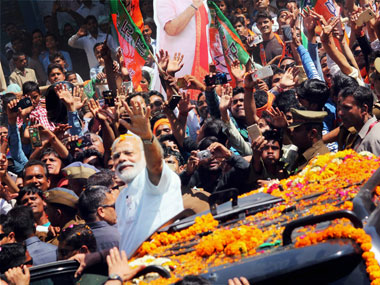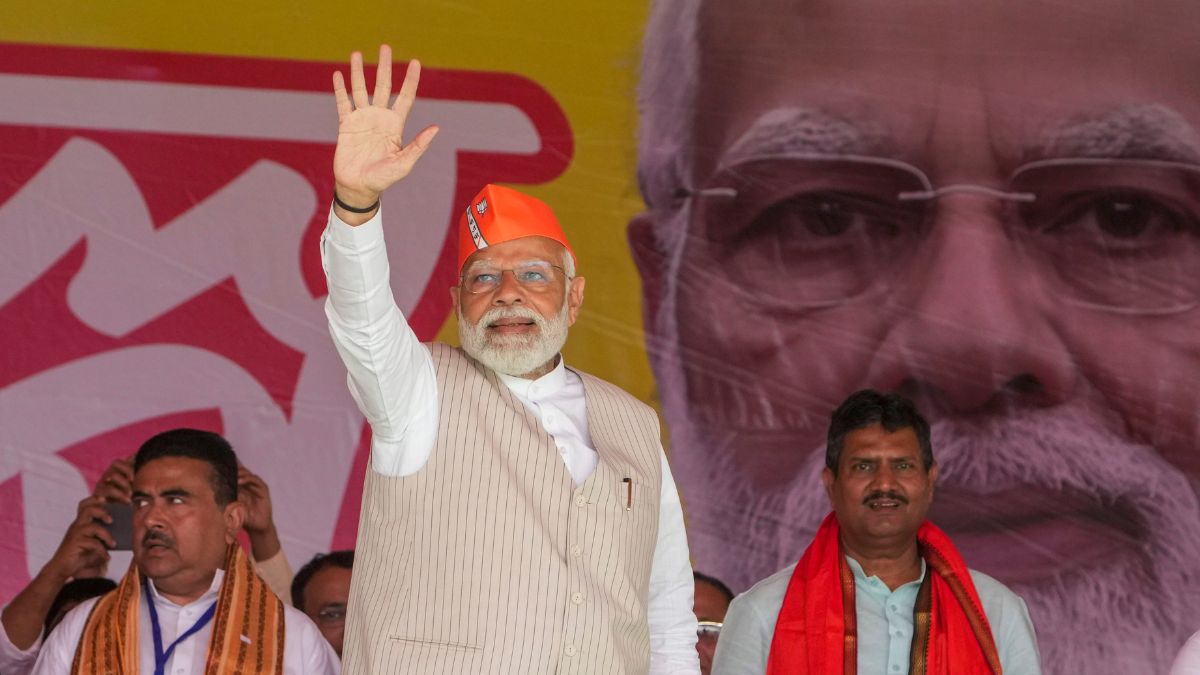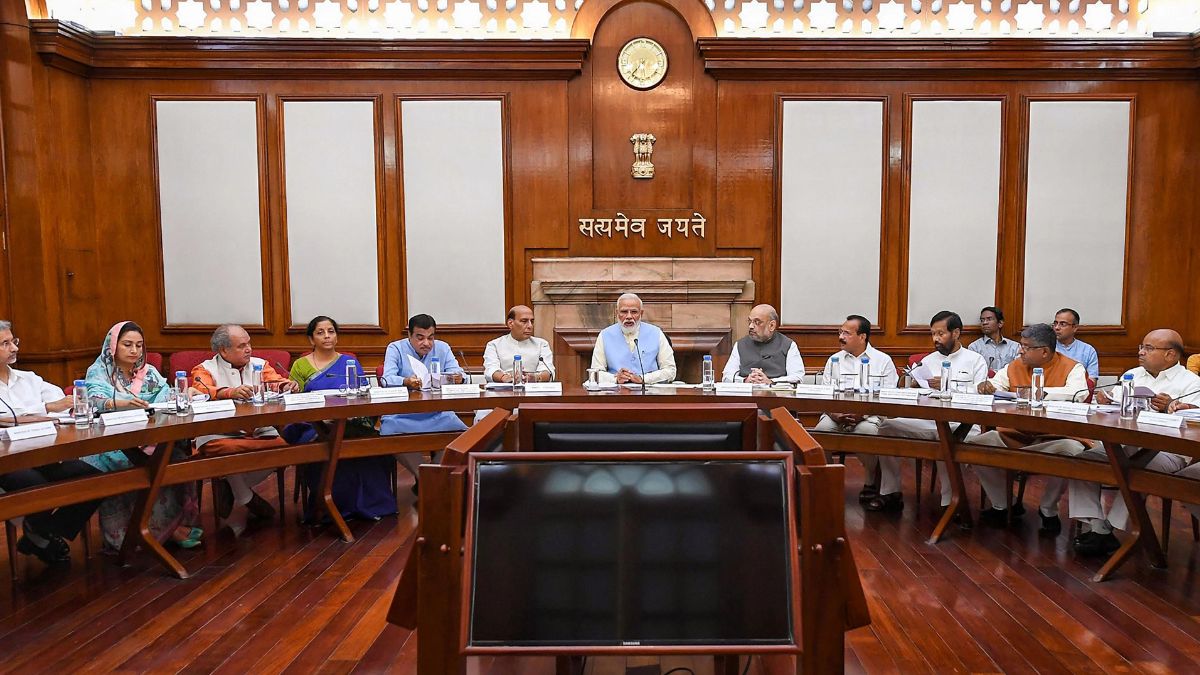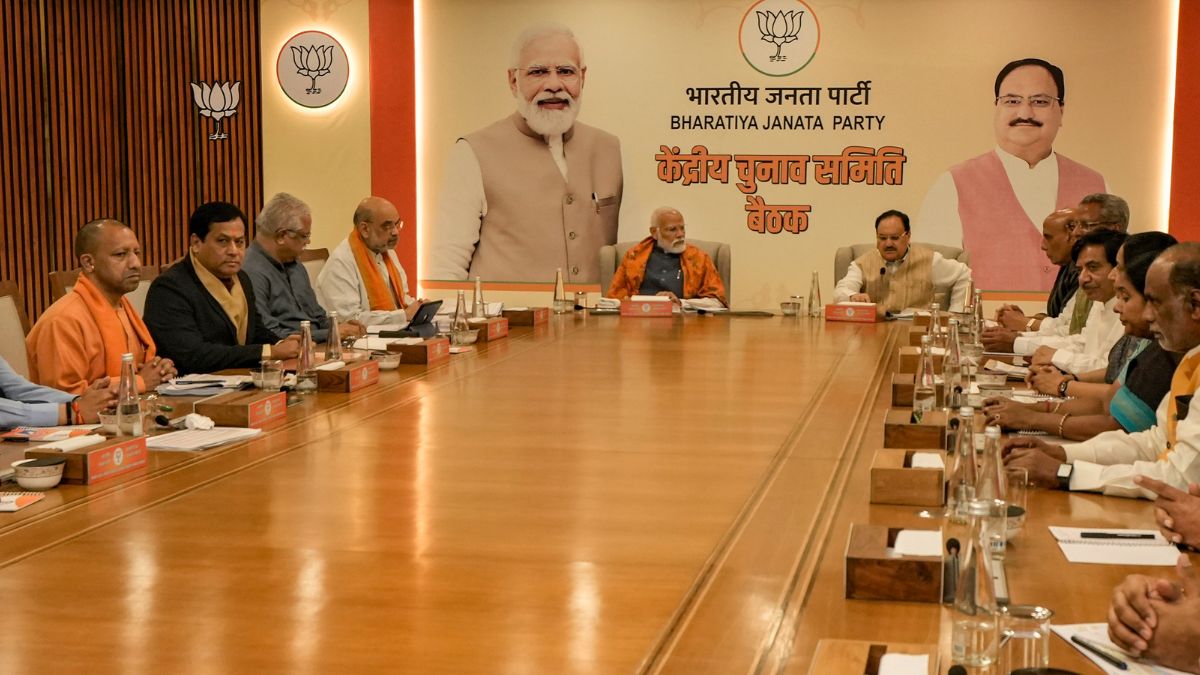Shortly after the Uttar Pradesh election results became evident on Saturday, Wall Street Journal columnist and American Enterprise Institute (AEI) fellow Sadanand Dhume posted what many readers, looking at the saffron sweep, must have been left wondering.
Dear Delhi media: Thanks for reporting on every obscure subcaste and constituency in UP and not spotting the biggest wave in a generation.
— Sadanand Dhume (@dhume) March 11, 2017
In less than 140 characters, the crux of the problem plaguing media everywhere was addressed. Here we have one of biggest waves in the history of Indian politics that gave BJP an unprecedented 325 seats in India’s most populous and culturally diverse state, and most media punditry and reportage did not only fail to spot the trend but overwhelmingly foresaw quite the opposite.
It is not as if the signals weren’t clear. Between 8 November and now, the BJP has swept nearly all elections at every level across India – be it Assembly or civic body polls. Yet it is astounding how a storm of reporters and an army of analysts predicted demonetisation to be Modi’s biggest hubris that will cause his downfall in UP.
Intriguingly, most of these predictions were based not on armchair speculation but field reporting that somehow misread the strong wind in favour of Narendra Modi even as it detected huge advantage for Akhilesh Yadav and Mayawati while dissecting demographic data or slicing and dicing caste and community equations down to the minutest detail.
Pics Courtesy @ShefVaidya.I think d Met Office's predictions about rainfall in Chennai r more accurate than the "analysis" of these journos pic.twitter.com/ciwvZdwTqy
— Sai Deepak J (@jsaideepak) March 12, 2017
Dimple Yadav joins the Akhilesh-Rahul road show...this makes for a good picture. Only if Priyanka was here too!
— Aman Sharma (@AmanKayamHai_) March 4, 2017
I am saying, clearly, that post today's polling it's clear there is NO BJP wave. BJP is fighting well in several seats though
— Rohini Singh (@rohini_sgh) February 27, 2017
I agree @DilliDurAst and have been arguing this throughout
— barkha dutt (@BDUTT) February 28, 2017
This is not to say that journalists are psephologists and are expected to “call” elections.
Far from it. The media’s authority as the fourth establishment stems from its ability to “report” and “interpret” events even as these unfold. The source of media’s power is secondary, not primary and is subject to the candour and effectiveness with which it carries information to masses and transports their concerns back to those in positions of power.
Increasingly, however, we find that this traditional role is being globally replaced by ‘activist journalism’ where scribes assume certain roles and responsibilities for themselves beyond just showing truth to power. In doing so, however, the media inevitably risks moving away from its primary role of being a seeker and interpreter and begins to believe in its own capabilities. This is a slippery slope. It usually leads to the media believing that it, and not the people it represents, is the true receptacle of power. The final outcome is that it grows disconnected with the masses and ends up misreading situations.
Even where portends exist, media either ignores or suffers from a denial. We have seen the manifestation during Brexit or the US presidential elections where the entire super-structure of the West’s sophisticated media machinery failed to spot the most obvious of trends.
The disturbing consequence of this growing disconnect is the public’s deep distrust of the media and an anger that the medium which is supposed to carry their voice is becoming either too elitist to care or too inward-looking to notice their concerns.
#UPElection2017 still open. No "hawa" till phase 3. Vicious hand-to-hand combat for most seats. Cong brings little to SP, mostly a liability https://t.co/rXOm6rDQPM
— Shekhar Gupta (@ShekharGupta) February 20, 2017
Meanwhile the Babu buzz in Uttar Pradesh is all around Mayawati whose silent voter they say sorely underestimated by the media. Lets see
— barkha dutt (@BDUTT) March 9, 2017
It is indeed surprising to note how, barring a few voices such as Rajdeep Sardesai or Surjit Bhalla , even some senior figures of Indian journalism seemed to have missed the wood for trees.
What adds to the fascination is that the scale and breadth of BJP’s victory — as these data points prove – should have made it easily identifiable.
#SaffronSurge caste data #UttarPradeshElection2017 #Tsunamo 1/5 pic.twitter.com/Adx5ziI1jD
— Sachin Singh (@sachinsingh1010) March 11, 2017
#SaffronSurge caste data #UttarPradeshElection2017 #Tsunamo 3/5 pic.twitter.com/8NADp8Gcho
— Sachin Singh (@sachinsingh1010) March 11, 2017
But somehow it didn’t. Tavleen Singh expressed it the best in her column for The Indian Express : “When the dust settles on this painfully long election campaign and normalcy returns, us political pundits need to take the advice we usually give losers when election results come. Introspection.”


)




)
)
)
)
)
)
)
)